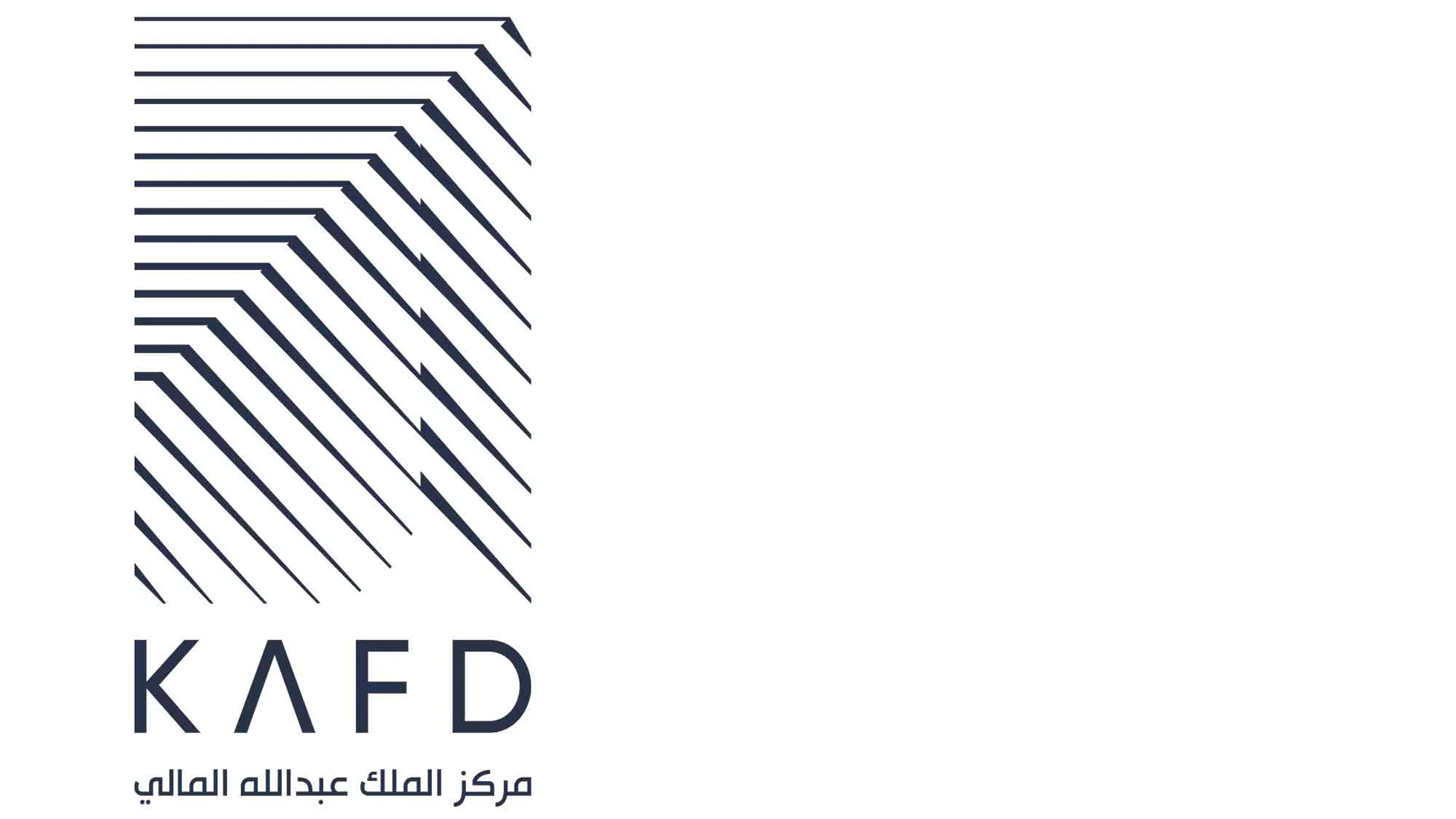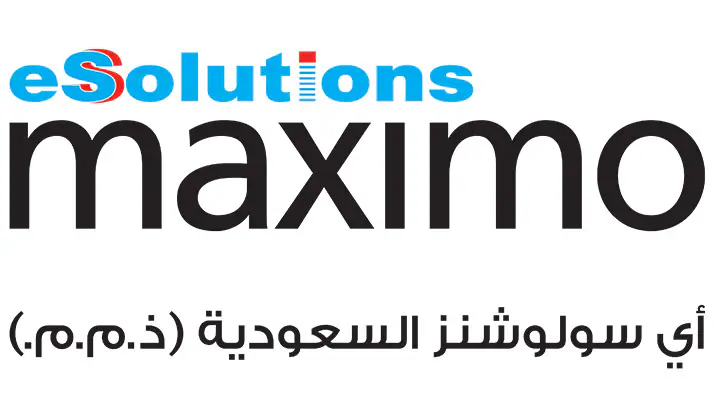About cookies on this site Our websites require some cookies to function properly (required). In addition, other cookies may be used with your consent to analyze site usage, improve the user experience and for advertising. For more information, please review your options. By visiting our website, you agree to our processing of information as described in IBM’sprivacy statement. To provide a smooth navigation, your cookie preferences will be shared across the IBM web domains listed here.
Delivering great customer service at a mega real estate development
Using IBM Maximo, the King Abdullah Financial District Development & Management Company optimizes operational asset maintenance at KAFD, one of the world’s premier business and lifestyle destinations

The King Abdullah Financial District (KAFD) is a spectacular urban development situated in Riyadh, Saudi Arabia. Spanning more than five million square meters and designed by leading global architects, the city within a city is a thriving business and lifestyle hub.
Created with sustainability in mind, KAFD is one of the world’s largest real estate projects to achieve LEED Platinum certification for green neighborhood development, the highest accreditation from the U.S. Green Building Council. KAFD is owned and managed by King Abdullah Financial District Development & Management Company (KAFD DMC), established in 2018 as a subsidiary of the Public Investment Fund.
KAFD’s 94 buildings define the skyline of the capital and include Riyadh’s tallest skyscraper. The site was designed as an interconnected vertical city, and its residents, visitors and tenants are within 15 minutes of multiple services using integrated transportation—from skywalks to dedicated shuttles and a monorail. Alongside government entities, premier tenants include Saudi Aramco, Goldman Sachs, BNP Paribas, PepsiCo and Pfizer Saudi.
“As a prime business and lifestyle destination, our mission is to offer a competitive business ecosystem, a vibrant lifestyle experience and exceptional customer service,” says Gautam Sashittal, CEO at KAFD DMC.
To fulfill this mission, KAFD DMC must ensure that the district’s mechanical and electrical assets operate at the highest levels of performance and reliability. The organization manages tens of thousands of assets, including generators, transformers, HVAC systems, elevators, plumbing, lighting and safety controls. And these numbers increase regularly as the district grows.
“A 24x7 operational uptime of critical assets is essential, and we must provide for efficient maintenance of all assets and facilities to serve KAFD’s tenants and visitors,” notes Sashittal. In addition, KAFD DMC must manage the supply and storage of frequently needed maintenance spare parts and supplies. And if an issue occurs, maintenance contractors must be dispatched to resolve the problem.
The district’s many tenants, residents and expansive facilities create a considerable maintenance workload, including predictive, preventive, corrective and emergency maintenance. Orchestrating such work requires a robust enterprise asset management (EAM) solution, which brought the KAFD DMC team to a critical decision: which EAM solution would best meet the KAFD’s needs?
100,000+ assets
At KAFD, IBM Maximo orchestrates maintenance for more than 100,000+ operational assets, with regular increases as the district grows
95% better
Since deploying Maximo at KAFD, customer satisfaction is 95% better than before
Choosing the best EAM solution and deployment partner
The KAFD DMC team set the following requirements for an EAM solution:
- Built-in functionality for managing maintenance for tens of thousands of assets across a vast footprint
- Scalability to support KAFD as it grows
- Ease of integration with other enterprise systems
- A strong local solution provider to offer implementation assistance and support
After considering a range of solutions, the team chose the IBM® Maximo® Application Suite EAM platform, which Majed Al-Daij, VP Business Solutions Delivery at KAFD DMC, describes as “one of the strategic decisions we had to make as part of our digital transformation roadmap.”
“When KAFD was established in 2018, we decided to go with best-of-breed IT solutions,” Al-Daij explains. “Maximo was the leading solution within asset management then, and still is, today. And because we’re using a best-of-breed approach, we appreciate Maximo’s expandable integrations with third-party ERP and other enterprise solutions.”
To assist with implementation and ongoing support, KAFD DMC chose eSolutions Saudia LLC, an IBM Business Partner expert in EAM and IoT solutions.
A deployment based on industry best practices
The project proceeded following industry best practices for the solutions development lifecycle (SDLC). The team started with requirements analysis and then moved into solution design, development, testing, deployment and go-live.
“We started with the end in mind, and ensured that the Maximo solution mirrors KAFD’s Operating Model and is scalable enough to accommodate future business scenarios, growth and expansion for core and value added services as well,” says Al-Daij.
The process involved uploading asset and location data for thousands of assets, some in completed areas and some still under construction, and the team integrated Maximo with relevant systems such as ERP, CRM and building information modeling (BIM). The project went quickly due to the team’s expertise and Maximo’s rich functionality.
“The KAFD DMC team wanted to follow industry best practices for maintenance framework and processes, which are built into Maximo,” says Ahmed Tarhini, Principal Consultant at eSolutions. “This enabled us to configure Maximo to meet KAFD’s needs without major customizations.”
With Maximo, KAFD gains a platform to embed its business policies and procedures related to operational assets and facilities management, thereby increasing efficiency across the board, explains Darwish, EAM Expert at KAFD DMC. Moreover, “the platform showed great flexibility in accommodating and adapting to new business needs without major challenges,” he says. “This agility has allowed us to efficiently implement new maintenance frameworks and processes. ”
Maximo orchestrates maintenance around the clock
Today, the operations team uses Maximo 24x7 to orchestrate maintenance in all its forms. A key function entails taking service requests from customers through an online interface. Then, the system converts these into specific work orders, quickly dispatches maintenance contractors to resolve the issues, and informs customers of progress at every step. Maximo also assists in managing contractors, spare parts and maintenance warehouses.
KAFD’s size and scope generate a massive volume of work. So far, the system manages more than 100,000 assets across 34,000 locations and over 16,200 preventative maintenance plans. Maximo also helps manage 15 contractors to ensure they adhere to more than 70 service level agreements. It handles more than 30,000 service requests annually, accounting for 75,000 work orders. With the rise in incoming tenants over the next year, these numbers will increase substantially.
Such metrics don’t tell the whole story, however. Analytics in Maximo help assess the performance of the assets and the maintenance contractors. “Maximo is providing a holistic overview of the district’s maintenance activities, and insights into KPIs help us continuously improve service quality,” says Darwish.
The maintenance team can gain further insights from Maximo Health, which uses sensor readings, asset records and work histories to reduce downtime. To implement Maximo Health, the team identified the most critical assets in terms of their financial and customer service impacts and devised custom performance scores based on meter readings and other data. Then, when analytics in Maximo Health identify a score indicating poor asset health, the maintenance team can immediately open a work order to resolve the issue.
“Maximo Health uses big data from all the readings we receive to deliver predictive analysis that can enable us to respond before a problem happens or before an asset condition deteriorates,” says Al-Daij. “That is a key capability to help ensure services continuity and customer satisfaction.”
Maximo delivers substantial benefits to KAFD DMC. More efficient maintenance reduces costs, increases asset uptime and boosts customer satisfaction. And Maximo is a cornerstone of KAFD’s digital transformation strategy.
Since deploying Maximo, the ability to measure contractor performance, control maintenance activities and reduce maintenance paperwork have improved by 95%. Further, the time to close work orders has improved by 85%.
Perhaps most importantly, client satisfaction is 95% better. By enabling clients to raise service requests online and informing them of when their issues will be closed, Maximo’s transparency truly delights them, as commented by Darwish.
What’s the future of Maximo at KAFD? Al-Daij puts it this way: “The healthy relationship that KAFD has with IBM and its trusted partners will continue for years to come for platform maintenance, upgrades and leveraging emerging technologies.”

About King Abdullah Financial District Development & Management Company
KAFD DMC develops, manages and operates the King Abdullah Financial District, one of the world’s largest mixed-use real estate developments. A city within a city in Riyadh, Saudi Arabia, KAFD features expansive venues for businesses, residences and entertainment designed by leading global architects. KAFD is a wholly owned subsidiary of Saudi Arabia’s Public Investment Fund.
Founded in 2012 with offices in Riyadh and Jeddah, Saudi Arabia, IBM Business Partner eSolutions provides business consulting and digital technology services. The company offers special expertise in IBM Watson® IoT and IBM Maximo solutions. eSolutions is a member of the Midas Group of companies.
Legal
© Copyright IBM Corporation 2023. IBM Corporation, New Orchard Road, Armonk, NY 10504
Produced in the United States, July 2023.
IBM, the IBM logo, IBM Watson, and Maximo are trademarks or registered trademarks of International Business Machines Corporation, in the United States and/or other countries. Other product and service names might be trademarks of IBM or other companies. A current list of IBM trademarks is available on ibm.com/legal/copyright-trademark.
This document is current as of the initial date of publication and may be changed by IBM at any time. Not all offerings are available in every country in which IBM operates.
All client examples cited or described are presented as illustrations of the manner in which some clients have used IBM products and the results they may have achieved. Actual environmental costs and performance characteristics will vary depending on individual client configurations and conditions. Generally expected results cannot be provided as each client’s results will depend entirely on the client’s systems and services ordered. THE INFORMATION IN THIS DOCUMENT IS PROVIDED “AS IS” WITHOUT ANY WARRANTY, EXPRESS OR IMPLIED, INCLUDING WITHOUT ANY WARRANTIES OF MERCHANTABILITY, FITNESS FOR A PARTICULAR PURPOSE AND ANY WARRANTY OR CONDITION OF NON-INFRINGEMENT. IBM products are warranted according to the terms and conditions of the agreements under which they are provided.
